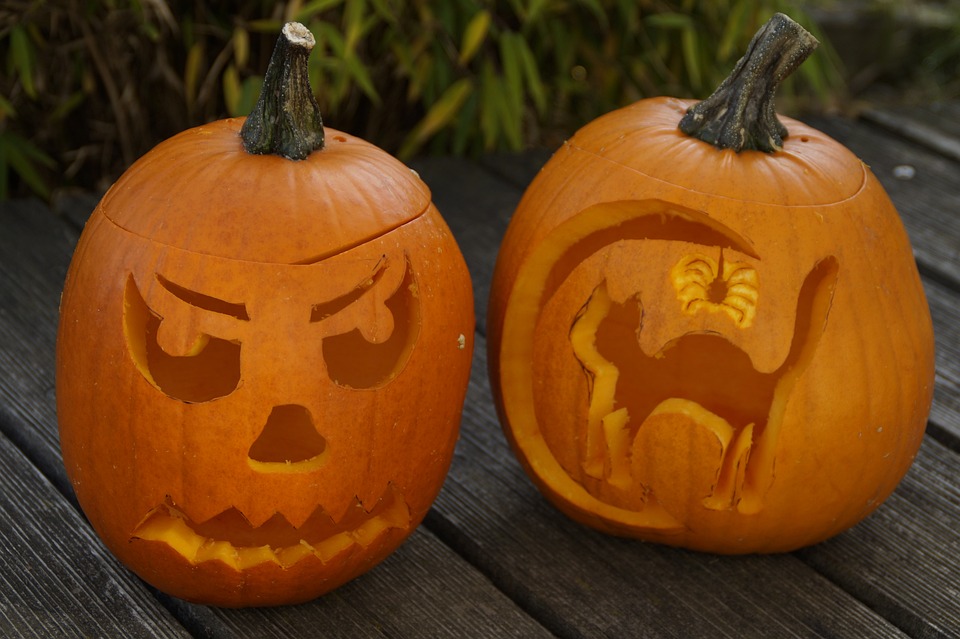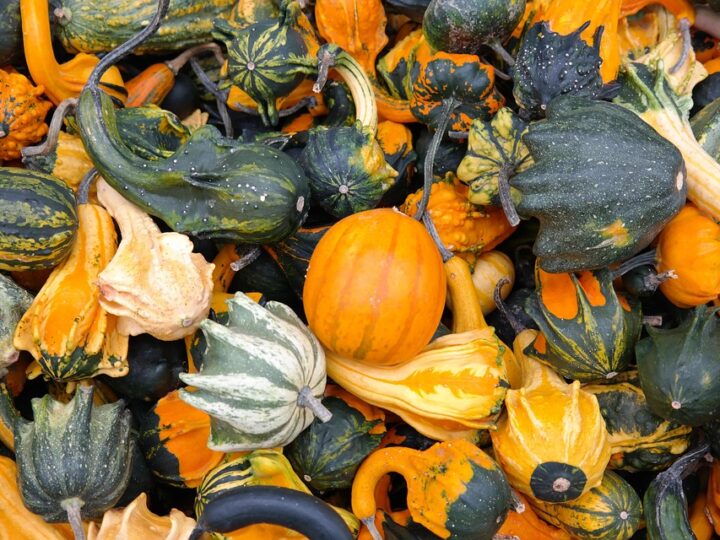
The first day of winter is called Kalan Gwav in Cornish and it is their version of Halloween. The celebration is called Allantide and focuses on the great Allan's Apple and trying to predict the future.
Allantide, known in Cornish as 'Kalan Gwav', is the established Cornish Halloween festival which marks the end of summer and the beginning of winter. Cornwall is one of the Celtic nations in southwest England, from the Atlantic Ocean to Devon and the English Channel.
Taking place on October 31, it is similar to Samhain and other Celtic festivals such as the Welsh Calan Gaeaf or Hop-tu-Naa on the Isle of Man in that it is the beginning of the winter festival. But one thing that is different is how much they focus on the dead, the scary, the other world, and the ghosts. Allantide focuses much more on the harvest than what we think of Halloween today, although it shares the same games and customs as its more spooky counterparts.
The Christian name Allantide or Saint Saint's Feast. Allana comes from a 6th century bishop of Quimper in current France, if he ever existed. He is revered in Brittany, and his name is still alive during this festival, although for unclear reasons. This also made the holiday very Christian, as an vital part of the festival is the ringing of church bells.
Allan's apples from the harvest
A notable feature of Allantide is the gifting of gigantic, dazzling apples called “Allan's apples”, which symbolize good luck for the coming winter. In that sense, this version of “Halloween” is in some ways a much lighter version, focusing on apples, harvests, and predicting the future. Other versions of Halloween often had a more supernatural and spooky atmosphere with ghosts, witches and monsters appearing at night.
In the days leading up to Allantide, gigantic apples were purchased at Allan Markets. These apples were often used in fortune-telling games, predicting future love affairs or fortune. Women put apples under their pillows in the hope that they would dream of their future husband.
Bonfires and jack-o'-lanterns
In the past, families lit bonfires, gathered together, and used various forms of divination to predict the coming winter. The most popular future was, of course, about love life. If you throw walnuts into the fire, you can predict how faithful your partner will be.
The stories told at these gatherings often involved ancestors and spirits, emphasizing the thinning of the veil between worlds. As with other Celtic holidays, it was a time when the dead and departed loved ones were closest to the living.
Melting metal was also a way to tell the future. They melted it into a liquid, then threw it into icy water and read its shape, showing future partners or the future husband's profession.
Pumpkin lanterns were also made, but from the local turnip growing there. Although if it had the same spooky connotation
End of Allantide celebrations
Today, Allantide has largely merged with current Halloween celebrations, and the established Allan Fair has disappeared. However, traces of old customs remain alive in Cornwall, where the giving of apples as gifts is still a central part of celebrations and bonfires are lit to create community.
Reference:
https://en.wikipedia.org/wiki/Allantide
Alain of Quimper – Wikipedia, the free encyclopedia
Halloween in Cornwall: Allantide and Allan Apples | Redingote Regency
Image Source: Pixabay.com






